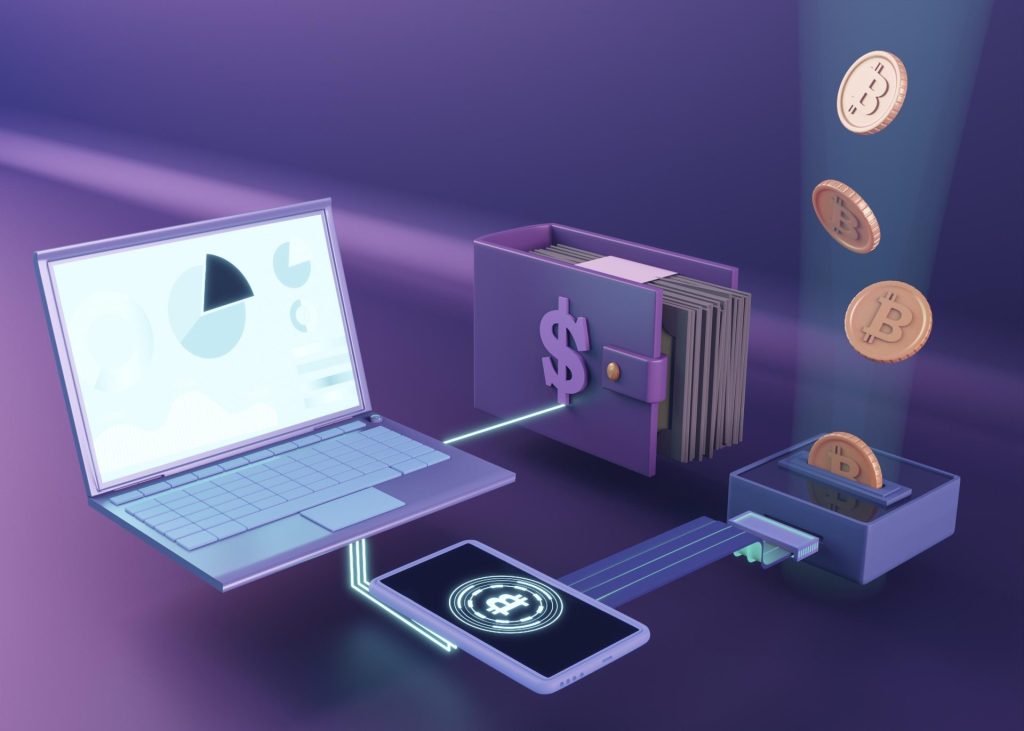RWA means Real World Asset in crypto. It refers to physical or traditional financial assets made digital and available on blockchains. Imagine owning part of a building, a bond or a piece of artwork through crypto tokens. That simple step merges real-world value with DeFi innovation.
These assets have become a hot topic in DeFi because they bring fresh use cases to the space. They let you access things beyond Bitcoin or Ethereum. That interest accelerates DeFi’s evolution, connecting it to the broader financial world.
By bridging crypto and traditional finance, RWA platforms open doors to investment in assets like real estate or commodities, with gains from blockchain efficiency and transparency.
What Are Real World Assets
RWAs are assets you encounter every day. They include real estate, commodities, invoices, bonds, stocks, pieces of art or luxury goods. Think of tokenized property or a blockchain representation of a share.
Tokenization means splitting these tangible items into digital tokens. One square meter of a building or one government bond gets converted into a token you can hold, trade or borrow against. This process makes previously illiquid assets liquid, traceable and transferable via blockchain.
Why RWAs Matter in Crypto and DeFi
Tokenizing real world assets unleashes capital trapped in illiquid forms. It lets people invest in a fraction of a big asset instead of needing large sums up front.
This opens DeFi beyond just memecoin speculation or yield farming. Now you can use real estate or corporate debt as collateral in onchain markets.
These high-value assets also become globally accessible. Whether you live in a small town or a big city, you can invest in a piece of property in New York or a US Treasury bond if you have an internet connection.
How RWAs Work on Blockchain
First, both parties draft legal agreements. This creates a structural foundation between asset owners and token issuers.
A custodian holds the actual asset or an oracle verifies its status. That asset becomes the reference for the token’s value.
A smart contract then mints the token on Ethereum or another blockchain. Once that token exists, it acts like any other token in DeFi. You can lend it, borrow against it, trade it or stake it.
Projects like Centrifuge, Goldfinch, MakerDAO and Ondo Finance offer platforms for this process. Centrifuge focuses on tokenizing invoices and loans. Goldfinch brings credit for emerging markets onchain. MakerDAO allows treasury assets as collateral. Ondo issues tokens backed by US Treasuries.
Benefits of RWA Integration
Tokenizing physical assets boosts liquidity. Instead of waiting weeks or months to sell a building share, you can move tokens instantly onchain. That’s faster and more flexible.
Ownership records stay on public ledgers, so you never need to check paper titles. Every transfer and transaction is on blockchain.
Fractional ownership makes big assets affordable. You can own a small piece of real estate or a bond for the fraction of its value.
These tokens also serve as collateral in DeFi. That expands funding options and smoothes liquidity across the ecosystem. Transactions settle instantly. Smart contracts remove manual steps and reduce delays.
Risks and Challenges
Regulators have yet to catch up. Laws around tokenized assets still vary widely, and this creates uncertainty.
A token often represents a claim on a real asset, not ownership of it. That means if custodians fail or go rogue, you may lose access.
Figuring out the true market value of these assets can be difficult, and spot prices may not always match real valuations.
Tech also relies on oracles. If oracle data breaks, contracts may malfunction or valuations may become incorrect.
RWA Use Cases in DeFi
Stablecoins backed by real world assets already exist. For example, tokens representing US Treasuries pay yield and behave like digital cash.
You can also borrow directly against tokenized real estate or invoices via DeFi platforms, skipping traditional banks.
Some protocols pool these tokens and offer yield to tokenholders.
Institutions and asset managers are also entering the space. They see tokenization as a way to bring large traditional asset pools onchain.
Top RWA Projects
MakerDAO allows vaults backed by real world collateral. It bridges DeFi with traditional finance.
Centrifuge (Tinlake) tokenizes real world assets like invoices or loans and connects them to DeFi markets
Goldfinch offers loans without crypto collateral by linking lenders to borrowers in emerging markets ().
Ondo Finance creates tokens backed by US Treasuries, offering safer stablecoin options
These protocols all turn real economic activity into tradable tokens, opening credit and investment paths that never existed before.
The Future of RWAs in Web3
Big traditional finance players have begun integrating with DeFi through RWAs. Projects like Securitize issued billions in regulated tokenized funds and formed partnerships with BlackRock and Morgan Stanley
This movement aims to bring trillions in assets onchain, where transactions happen 24/7 and settlement times shrink from days to seconds.
Interoperability between blockchains, legal systems, and DeFi tools will make RWAs seamless across networks and borders. That could turn Web3 into a real-life tokenized economy instead of a speculative bubble.
RWAs aim to bring real-world value into crypto in a trustworthy, programmable, and accessible way. They tackle liquidity, accessibility, and transparency issues. They also introduce new legal and operational risks.
This is not theoretical. RWAs are happening right now. They lower barriers to frontier asset classes and democratize access to high-value investments. Watch how regulations evolve. Follow trustworthy platforms. The tokenized economy is unfolding.
